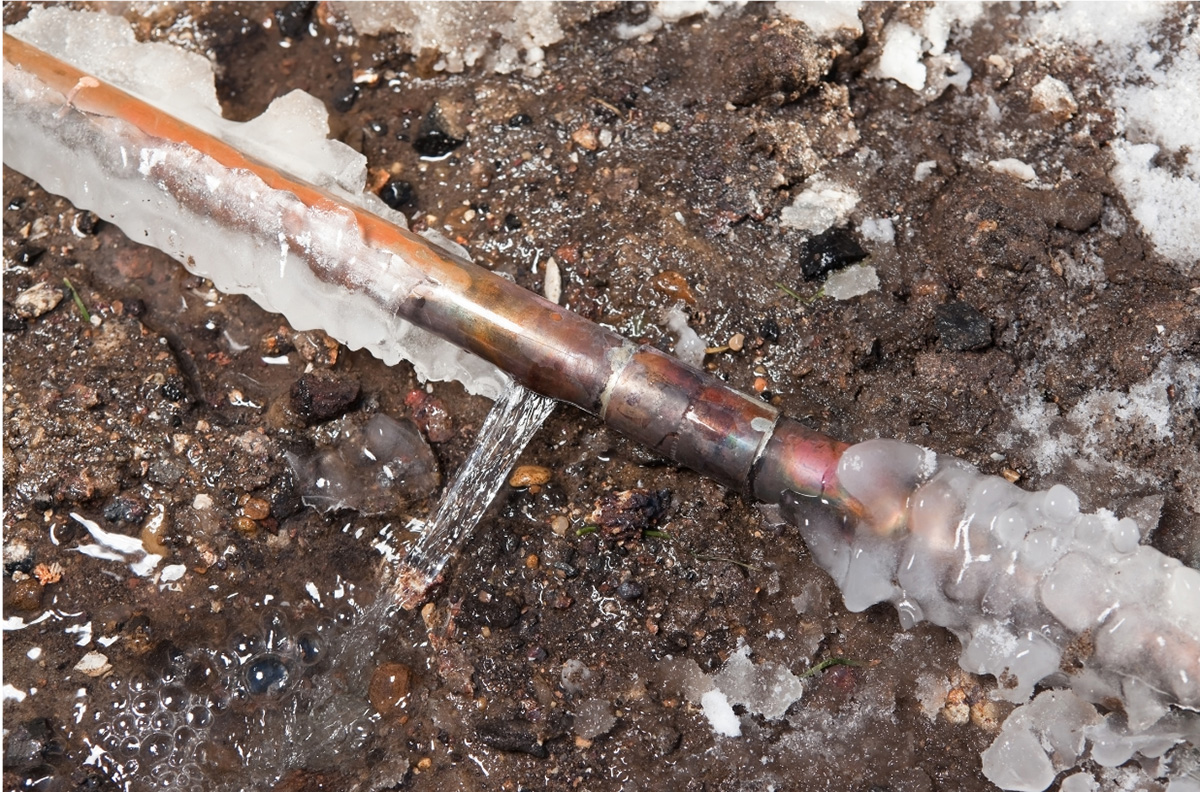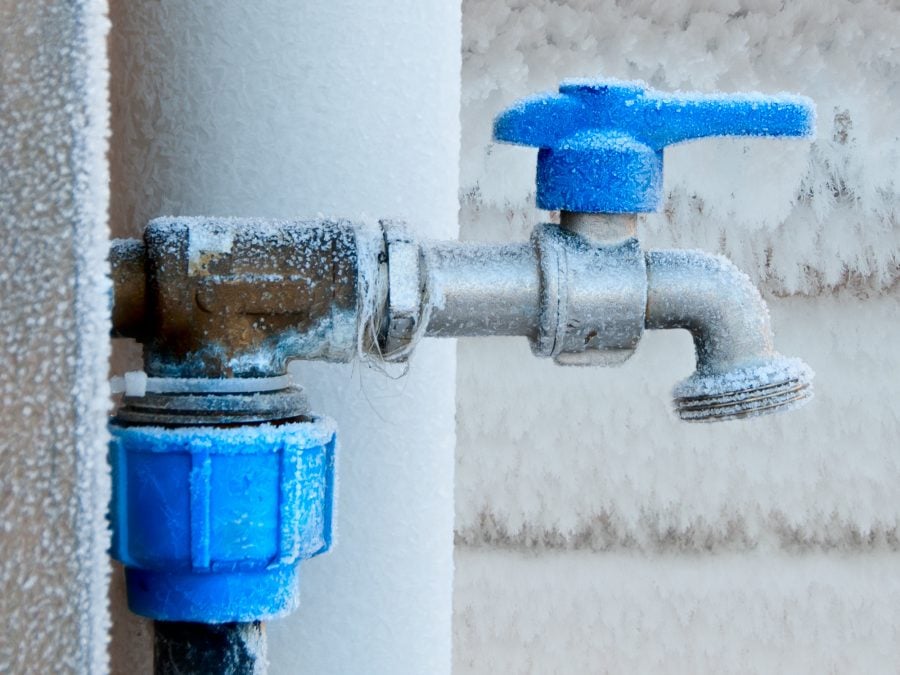Were you searching for related information concerning Preventing and dealing with frozen pipes?

Cold weather can damage your plumbing, particularly by freezing pipes. Below's just how to stop it from occurring and what to do if it does.
Introduction
As temperature levels decrease, the risk of icy pipelines rises, potentially leading to expensive fixings and water damage. Comprehending how to stop frozen pipelines is important for home owners in cool environments.
Prevention Tips
Protecting prone pipelines
Wrap pipelines in insulation sleeves or make use of warm tape to protect them from freezing temperature levels. Focus on pipes in unheated or external areas of the home.
Heating strategies
Maintain indoor spaces adequately heated, particularly locations with pipes. Open up closet doors to permit cozy air to distribute around pipelines under sinks.
Just how to recognize icy pipelines
Try to find reduced water flow from faucets, uncommon smells or sounds from pipelines, and visible frost on exposed pipes.
Long-Term Solutions
Architectural modifications
Think about rerouting pipes far from outside walls or unheated locations. Include additional insulation to attics, cellars, and crawl spaces.
Upgrading insulation
Invest in high-grade insulation for pipelines, attics, and wall surfaces. Proper insulation aids maintain regular temperature levels and decreases the threat of frozen pipelines.
Protecting Outside Pipes
Garden tubes and outdoor taps
Disconnect and drain pipes yard hoses before winter season. Set up frost-proof faucets or cover exterior faucets with shielded caps.
Understanding Frozen Pipelines
What causes pipes to ice up?
Pipes ice up when exposed to temperature levels below 32 ° F (0 ° C) for prolonged durations. As water inside the pipelines ices up, it expands, putting pressure on the pipe wall surfaces and possibly creating them to break.
Risks and damages
Frozen pipes can bring about supply of water interruptions, residential or commercial property damage, and expensive repair work. Burst pipes can flood homes and create comprehensive structural damages.
Indicators of Frozen Piping
Determining frozen pipes early can stop them from rupturing.
What to Do If Your Pipes Freeze
Immediate activities to take
If you presume icy pipes, keep taps open to relieve stress as the ice melts. Make use of a hairdryer or towels soaked in warm water to thaw pipes gradually.
Final thought
Avoiding icy pipes calls for proactive actions and quick actions. By understanding the causes, indicators, and preventive measures, house owners can safeguard their pipes during cold weather.
6 Proven Ways to Prevent Frozen Pipes and Protect Your Home
Disconnect and Drain Garden Hoses
Before winter arrives, start by disconnecting your garden hoses and draining any remaining water. Close the shut-off valves that supply outdoor hose bibs and leave the outdoor faucet open to allow any residual water to drain. For extra protection, consider using faucet covers throughout the colder months. It’s also important to drain water from any sprinkler supply lines following the manufacturer’s directions.
Insulate Exposed Pipes
Insulating your pipes is an effective way to prevent freezing. Pipe insulation is readily available at home improvement stores and is relatively inexpensive. Pay close attention to pipes in unheated areas such as the attic, basement, crawl spaces, or garage. Apply foam insulation generously to create a buffer against the cold. You can also wrap your pipes in heat tape or thermostat-controlled heat cables for added warmth.
Seal Air Leaks
Inspect your home for any cracks or openings that could let in cold air. Seal any holes around the piping in interior or exterior walls, as well as the sill plates where your home rests on its foundation. Additionally, make sure to keep your garage door closed unless you’re entering or exiting. Leaving it open creates a significant air leak that can lead to frozen pipes.
Allow Warm Air Circulation
During cold snaps, it’s essential to allow warm air to circulate evenly throughout your home. Leave interior doors ajar to promote better airflow. Open kitchen and bathroom cabinets to help distribute heat consistently around the rooms. If you have small children or pets, be sure to remove any household chemicals or potentially harmful cleaners from open cabinets for safety.
Let Faucets Drip
A small trickle of water can make a big difference in preventing ice formation inside your pipes. When temperatures drop significantly, start a drip of water from all faucets served by exposed pipes. This continuous flow helps prevent the water from freezing. Additionally, running a few faucets slightly can relieve pressure inside the pipes, reducing the chances of a rupture if the water inside does freeze.
https://choateshvac.com/6-proven-ways-to-prevent-frozen-pipes-and-protect-your-home/

Do you really like reading up on Winter Plumbing Precautions: Preventing Frozen Pipes? Give a remark below. We would be pleased to find out your opinions about this entry. In hopes to see you back again in the future. Sharing is caring. Helping people is fun. Thanks a lot for your time invested reading it.
Contact Us Today
 Emilio Estevez Then & Now!
Emilio Estevez Then & Now! Val Kilmer Then & Now!
Val Kilmer Then & Now! Sam Woods Then & Now!
Sam Woods Then & Now! Monica Lewinsky Then & Now!
Monica Lewinsky Then & Now! Nadia Bjorlin Then & Now!
Nadia Bjorlin Then & Now!